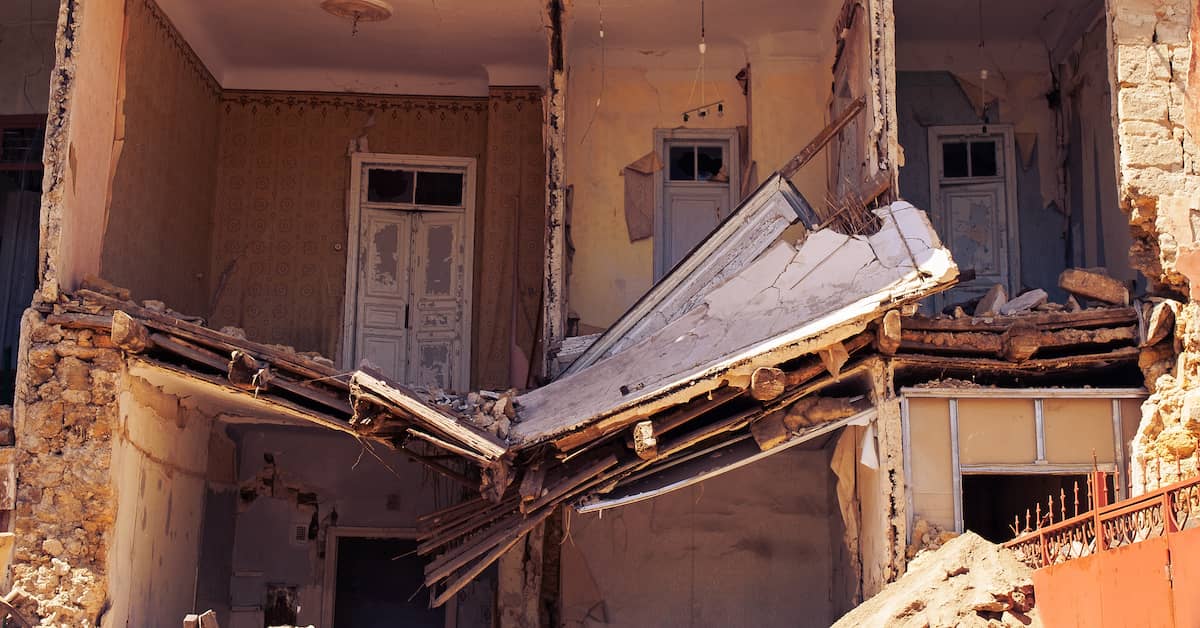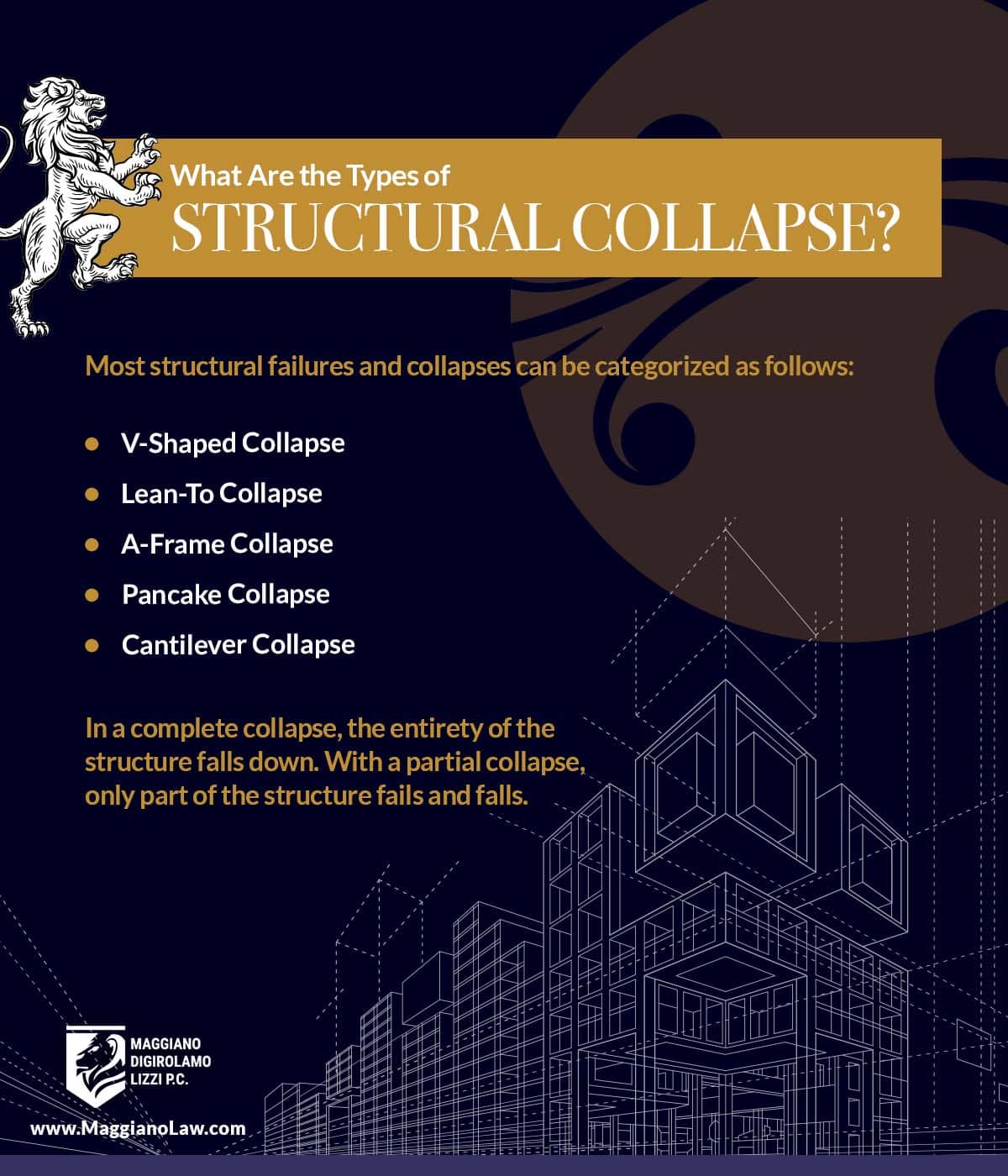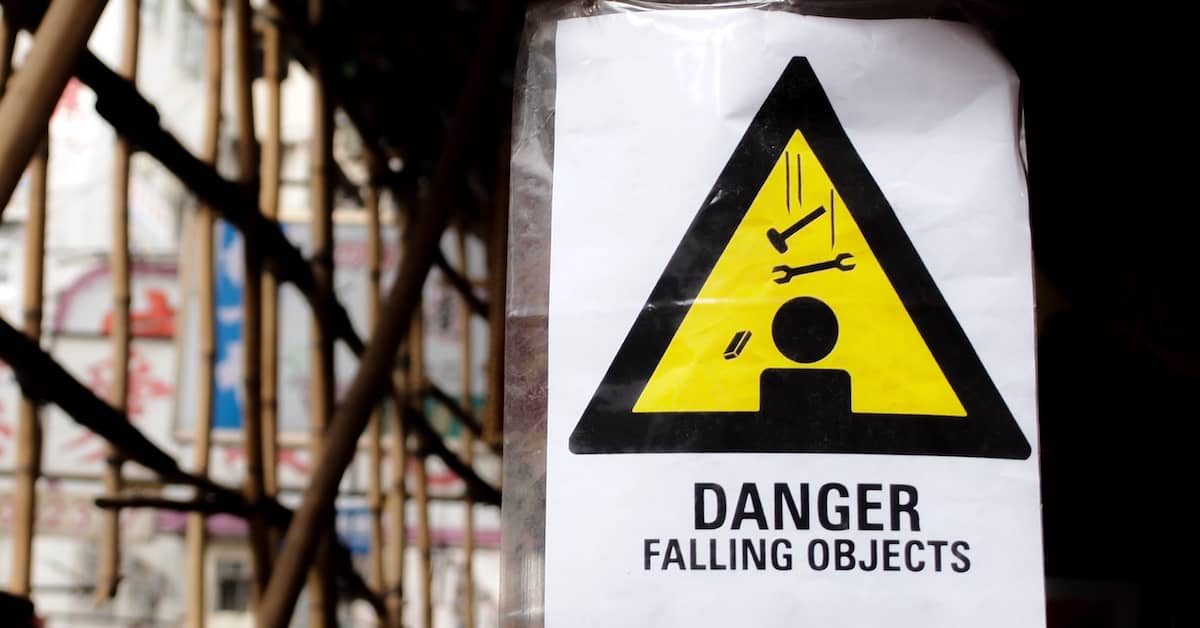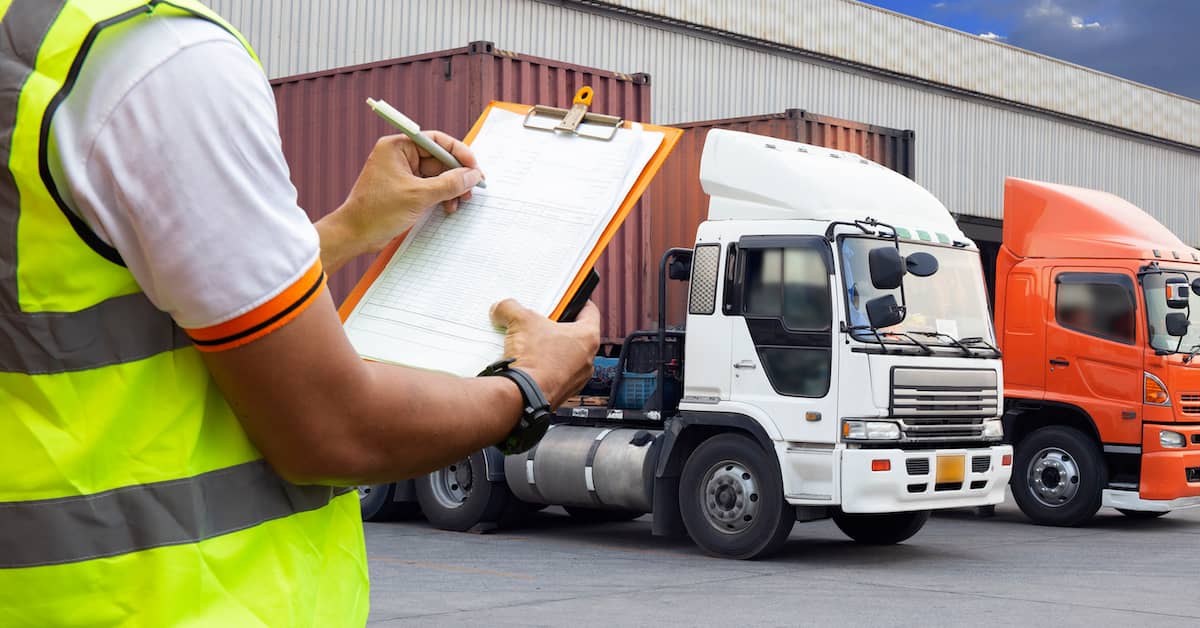
Types of Structural Collapse
In a perfect world, all buildings would be designed, constructed, and maintained with the utmost care. Unfortunately, any number of issues can lead to structural failures and collapses. These include:
- Poor planning and design of the structure
- Engineering errors
- Improper design and construction of the foundation
- Failure to perform load tests and placing excess weight on the structure
- Use of improper or defective building materials
- Errors during construction
- Negligent inspection and maintenance of the structure
Anyone in the vicinity of a building collapse can suffer serious injuries and even be killed. However, those most at risk tend to be workers involved in the building, renovation, or demolition of a structure.
Maggiano, DiGirolamo & Lizzi understands the devastating impact of construction collapses on workers and their families. If you or a loved one suffered harm in the structural failure and collapse of a building in New Jersey or New York, our attorneys can investigate the accident and pursue full compensation on your behalf.
What Is a Structural Collapse?
From houses to skyscrapers, all buildings have limits known as structural loads. The structural load is the amount of stress a building can withstand without failing.
A “failure” doesn’t necessarily refer to the immediate and sudden collapse of the structure. Excess loads can also slowly diminish structural integrity over time. This persistent stress gradually weakens the structure until it can no longer stand, at which point a collapse occurs.
Structural failure and collapse may also occur as a result of external forces. For example, disasters both natural (such as floods, hurricanes, etc.) and manmade (such as fires and explosions) can overload and deform a structure. The building may collapse immediately under the strain or suffer damage that can result in failure at a later date.
What Causes Structural Failure and Collapse?
Many building collapses originate due to errors before, during, and after construction. However, while these factors may account for the root cause of the collapse, they do not necessarily describe the mechanics that cause the structure to fail.
Structural failure that leads to a building collapse can be caused by the following:
- Bending: Load-bearing components of a structure can bend if they are subject to excess stress. This bending can cause deformation of the structure’s supports or, in extreme cases, bend the support to its breaking point.
- Shearing: Shear occurs when a structural element is subject to two forces moving in the opposite direction. If the shear forces are too great, the structure can collapse.
- Buckling: All structures have a critical load, which is the maximum amount of weight the structure can hold before it fails. Buckling occurs when the critical load is exceeded, resulting in bending, bowing, and other deformation of structural components. In turn, this leads to instability that can cause structural failure and collapse.
- Tensile failure: Tensile strength is a material’s resistance to tension (i.e., a pulling force). Rigid materials used in construction have limited elasticity. As such, structural failure and collapse can occur if the materials are subjected to too much tension.
- Compressive failure: Compression is the opposite of tension; it involves forces pushing inward on a structure rather than pulling outward. Materials and elements of a structure also need to be able to withstand compressive stress. If the stress becomes too great, the structure may fail.
Inspection of the debris after a building collapse can reveal telltale signs of damage from these mechanisms of structural failure. A construction collapse lawyer will hire engineering experts to review the evidence and determine (a) how the collapse occurred and (b) what issues of negligence may have been involved.
What Are the Different Types of Structural Collapse?
Structural collapses take one of two different forms: complete and partial. In a complete collapse, the entirety of the structure falls down. With a partial collapse, meanwhile, only part of the structure fails and falls.
One of the most serious concerns with any structural failure is the potential for a progressive collapse. A progressive collapse occurs when the failure of one or more primary structural components causes other elements of the structure to fail. In this scenario, what might have consisted of localized damage puts the entire structure in jeopardy.
Whether partial or complete, most structural failures and collapses can be categorized as follows:
- V-shaped collapse: If floor joists become overloaded, the center of the floor may collapse while the walls remain standing. This creates a V-shaped collapse site.
- Lean-to collapse: Wall collapses are a serious concern on construction sites. A lean-to collapse occurs when one load-bearing wall fails while the others remain standing.
- A-frame collapse: Also known as a tent collapse, this structural failure occurs when the floor comes loose from the exterior walls but the center interior wall remains intact.
- Pancake collapse: A pancake collapse occurs when the stories of a multi-level structure crash down on top of one another. This is also known as a horizontal collapse, as the entirety of the floors and walls fail.
- Cantilever collapse: In structural engineering, a cantilever is a central support that holds one end of a structural element that extends outward. (For purposes of illustration, the Queensboro Bridge in New York is a cantilever bridge.) In a cantilever collapse, one or more of the structure’s walls fail, leaving support for the structure dependent on the remaining wall(s). This is an extremely dangerous situation, as a progressive collapse could occur if the remaining wall or walls are not promptly reinforced.
Understanding the mechanics of the building collapse is essential for determining the cause of structural failure. It is also crucial for identifying potential negligence on the part of contractors and subcontractors, the owner of the property, material manufacturers, and other parties.
Contact a Construction Collapse Lawyer Today
Few accidents on a construction site are more serious than those involving structural failures and collapses. In the aftermath of such a catastrophe, it is of the utmost importance to understand the full extent of your legal options and have knowledgeable guidance and support.
The attorneys at our firm have more than 100 years of combined experience with construction accident litigation. We understand the devastating impact of work injuries on construction employees, and we pursue all avenues for fair compensation.
If you sustained injury in a construction collapse or a loved one died as a result of a structural failure, Maggiano, DiGirolamo & Lizzi can help. Please call (201) 585-9111 today for a FREE consultation. Our construction accident lawyers serve clients throughout New Jersey and New York.


















